30. Residence of the Provost
The residence buildings surrounding the Rosenhof, the courtyard where we are now standing, separated the immunity of the Abbey from the town. This was the official residence of the Provost until 1515. The most famous provost was Nikolaus of Kues
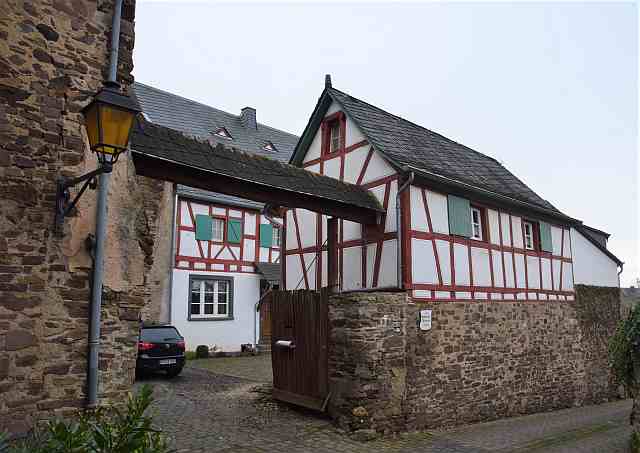
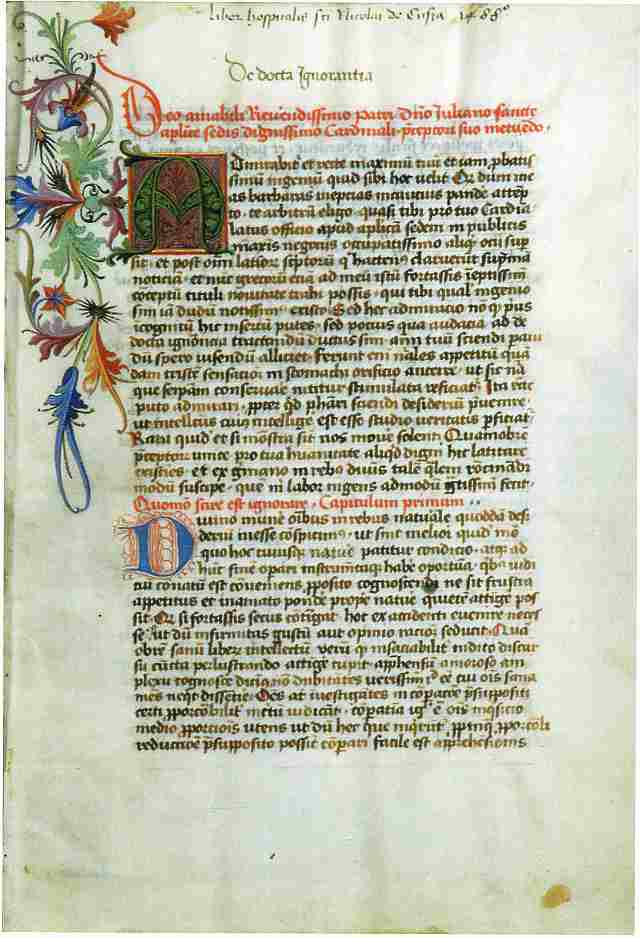
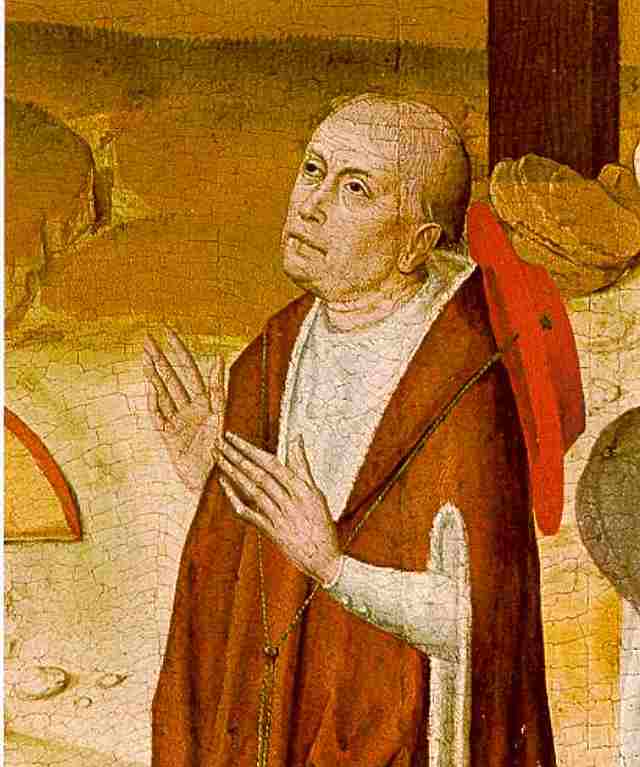
who held this office as a prebend from 1435 to 1445 and again from 1459 to 1464. In his first term, he finished his most famous work “De docta ignorantia".

The office of the Provost was assigned to the Archbishop of Trier in 1515.The building on our left, the middle and oldest part originating from the 15th-17th c., became the "Kellerei" after 1515. Church revenues were administered here. Franz Georg Severus Weckbecker (1775-1862) added the gabled houses.
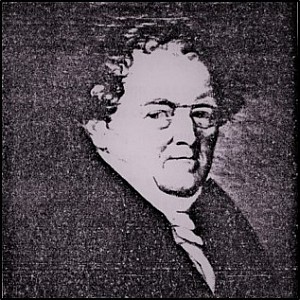
He became rich by speculating in real estate, e.g. after 1802, when he purchased the greatest part of the residence from the French state. Commemorating his family, the coat of arms stone was mounted by the town in 1913 at the wish of his descendants. Town administration was located in this building from 1897 to 1998.Weckbecker also purchased the "Marstall", built by Elector Johann III in 1535.
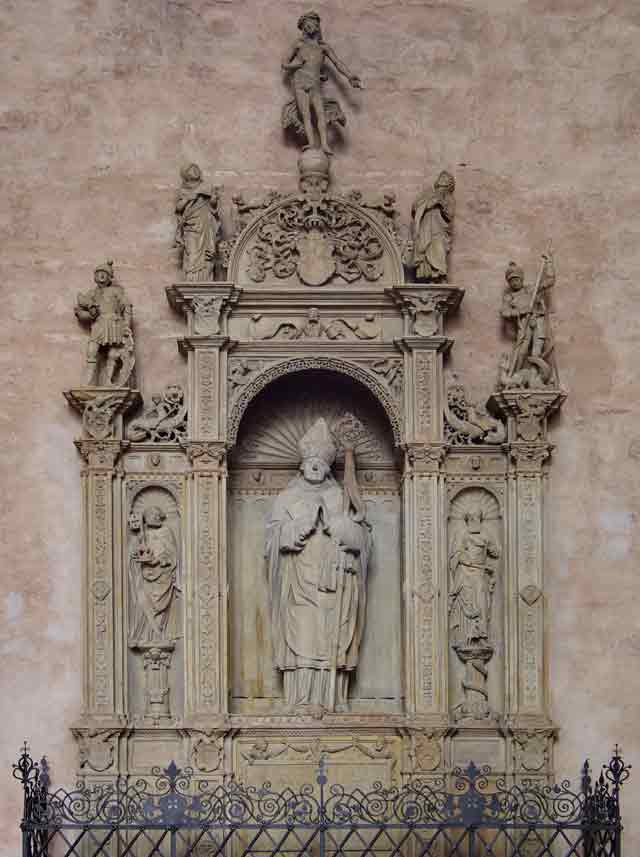

The biggest profane building of the town was located on the open space where we are now standing. Also the tithes were stored here. It burned down on 1 st February 1914.
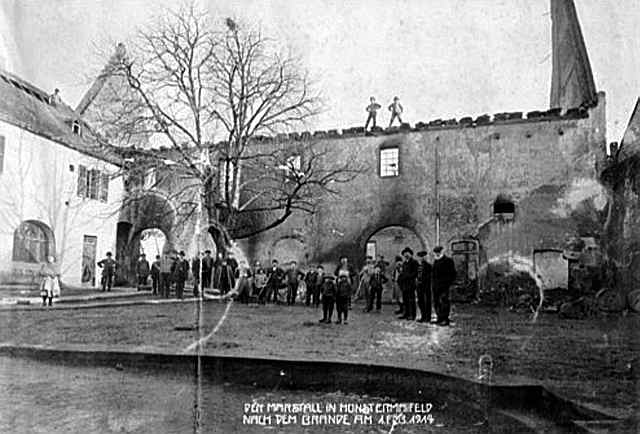

On the left, the Büchel stele in front of the remains of the town. Erected in 1993, it commemorates Johann Büchel V (1754-1842), master clothier and mayor (1785/86 & 1794).
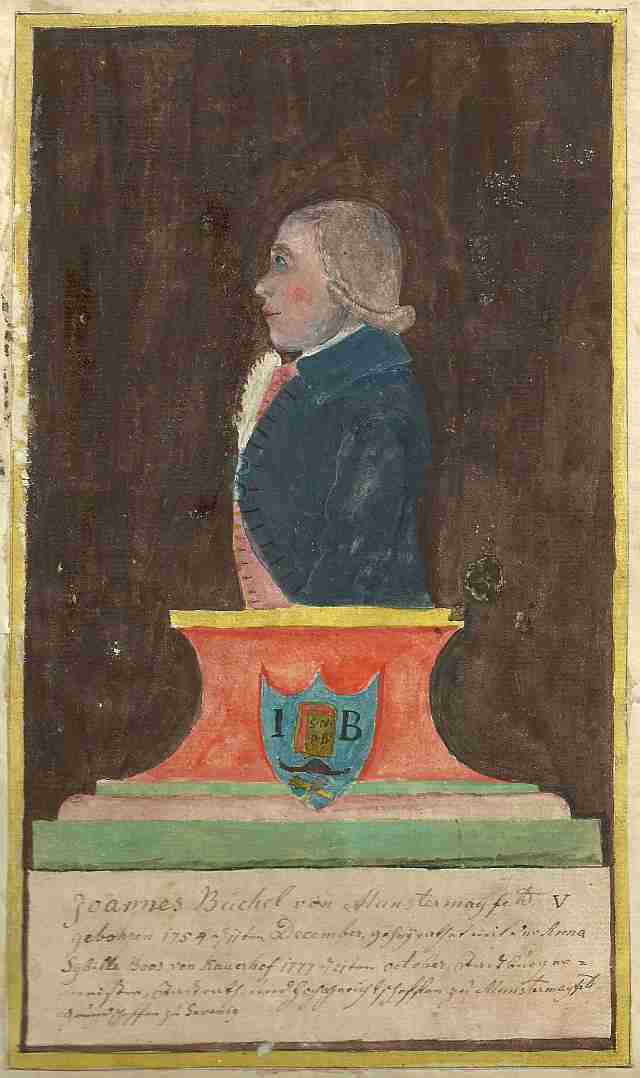
He also served revolutionary France as town juror in 1795/1796. His voluminous chronicle is the most important source concerning town history. In contrast to his contemporary Weckbecker who took advantage of the times of upheaval to become wealthy, Büchel ended up in poverty by sacrificing his interests for the common welfare of the town.To the left of the gate in front of us, we leave the cathedral close and arrive at the farmers' market which used to be held on a weekly basis.
Glossary
Immunity
In the Middle Ages, immunity referred to the exemption of places, persons or possessions from duties, services and burdens as well as protection from secular interference. Immunity also includes the right of asylum, which protects anyone who enters its domain. This right was abolished in 1791 by the last Elector of Trier, Clemens Wenzeslaus. A wrongdoer who reached a stone chair near the town hall at St Michael's Chapel could no longer be seized by the secular authorities.
Provost
The provost represented the monastery externally. He had to defend the rights, goods and income of the monastery and preside over the tribunal. The provost had his own rights and duties as well as his own income vis-à-vis the chapter. He was to be elected by the chapter and confirmed by the archbishop. The papal recommendation was often decisive for filling the office. After 1515, the Archbishop of Trier took over the office as another title and additional source of income.
Nicholas of Cusa
Nicholas of Cusa, Latinised Nicolaus Cusanus, born 1401 in Cusa, died 1464 in Todi, Umbria, was famous for his all-round and comprehensive education even during his lifetime. In church politics, Nicolaus played a significant role, especially in the disputes over church reform. At the Council of Basel, he was initially on the side of the majority of the Council participants, who demanded a limitation of the Pope's powers. Later, however, he switched to the papal camp, which ultimately gained the upper hand. He campaigned vigorously for papal interests, showed diplomatic skill and had a glittering career as a cardinal, papal legate, prince-bishop of Brixen and vicar-general in the Papal States. Against this background, his two terms as provost in Münstermaifeld, with rare presences, are an ornament for the monastery, rather an episode for him.
De docta ignorantia
We list this work here because it most often accompanies the name of the philosopher, theologian, mathematician. From a local historical perspective, the work becomes important because it was written during Cusanus' first term as provost of Münstermaifeld Abbey in 1440. A sculpture in the area of the former cloister commemorates Nicholas of Cusa's relationship with Münstermaifeld. It illustrates Cusanus' guiding idea of the abolition of the opposition between knowledge and faith.
Franz Georg Severus Weckbecker
Weckbecker, Franz Georg Severus: He was born on 2 July 1775 in Sevenich. He earned his first money by supplying fodder to the warring parties of the Revolutionary Wars. When the French state auctioned off the domains after 1802, he was one of the most successful bidders. He not only increased ecclesiastical estates, but also bid for bourgeois and aristocratic properties. He also increased his fortune by buying and selling land products. He died on 16 March 1862. After his death, the Weckbecker family wanted to part with the buildings of the former provostry. In 1867, the town of Münstermaifeld had the suitability of the site for conversion into barracks examined. The project failed. It was not until 1898 that the sale to the town was successful. Franz Georg Severus Weckbecker left behind in the town's memory the image of a successful up-and-comer and, with the Weckbecker Villa, a successful work of classicist architecture.
Johann III von Metzenhausen
Born in 1492 in Neef on the Moselle, Johann made a fast career in the Trier cathedral chapter. In Rome in 1514, he negotiated the distribution of revenue between Trier and Rome from the sale of indulgences. The indulgence was sold on the occasion of the exhibition of the Holy Robe in 1512. During his 10 years as archbishop, he initiated many building measures, including the mighty construction of the Marstall in the Propstei, which was destroyed by fire in 1914.
Büchel
On the life of Johann Büchel V. (1754-1842) see Büchel House. He is to be presented here with his work as a chronicler. He held a wide variety of municipal offices. He was therefore very well informed and had access to sources that no longer exist today, dating back to the 16th century. In his biography, which he began in 1828, he lists 58 titles of his manuscripts. Among them are the 12 chronicle volumes that are indispensable for researching the history of Münstermaifeld and the Maifeld. They were written between 1811 and 1828.



